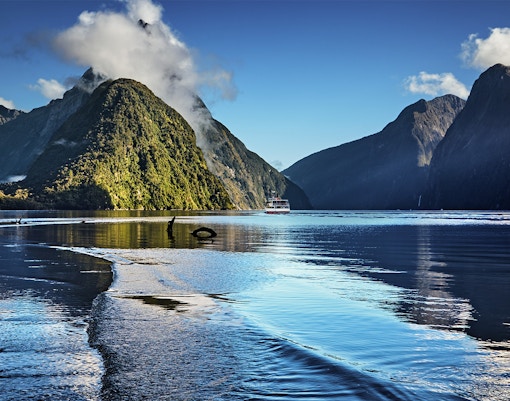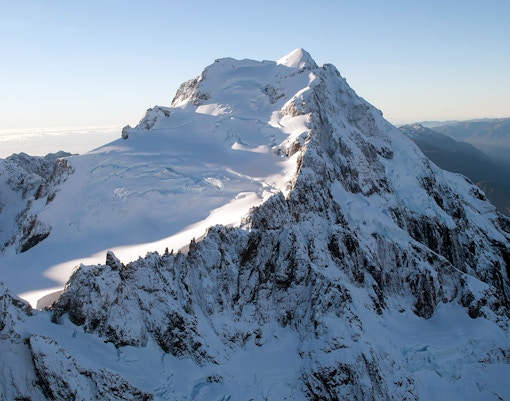All About Fiordland National Park | New Zealand's Rugged Southwest Corner Carved By Ancient Glaciers
What is Fiordland National Park?

- Official name: Fiordland National Park
- Location: Southland, New Zealand
- Date of opening: 1952
- Timings: 8:30 AM to 4:30 PM; daily.
- Flora & fauna to spot: Tree daisies, hardy cabbage trees, buttercups, eyebright and tussock grass, and Kea parrots.
- UNESCO World Heritage Site: 1986
- Number of visitors per year: 500,000
- Function: Protected Conservation Site
- Fun fact: Due to its natural beauty, Rudyard Kipling deemed the fjord within the Fiordland National Park, Milford Sound, as the ‘Eighth Wonder of the World’
Why visit Fiordland National Park?
Check out our guide on things to do in Milford Sound for more recommendations that are great for a wide range of interests.
Discover Fiordland National Park
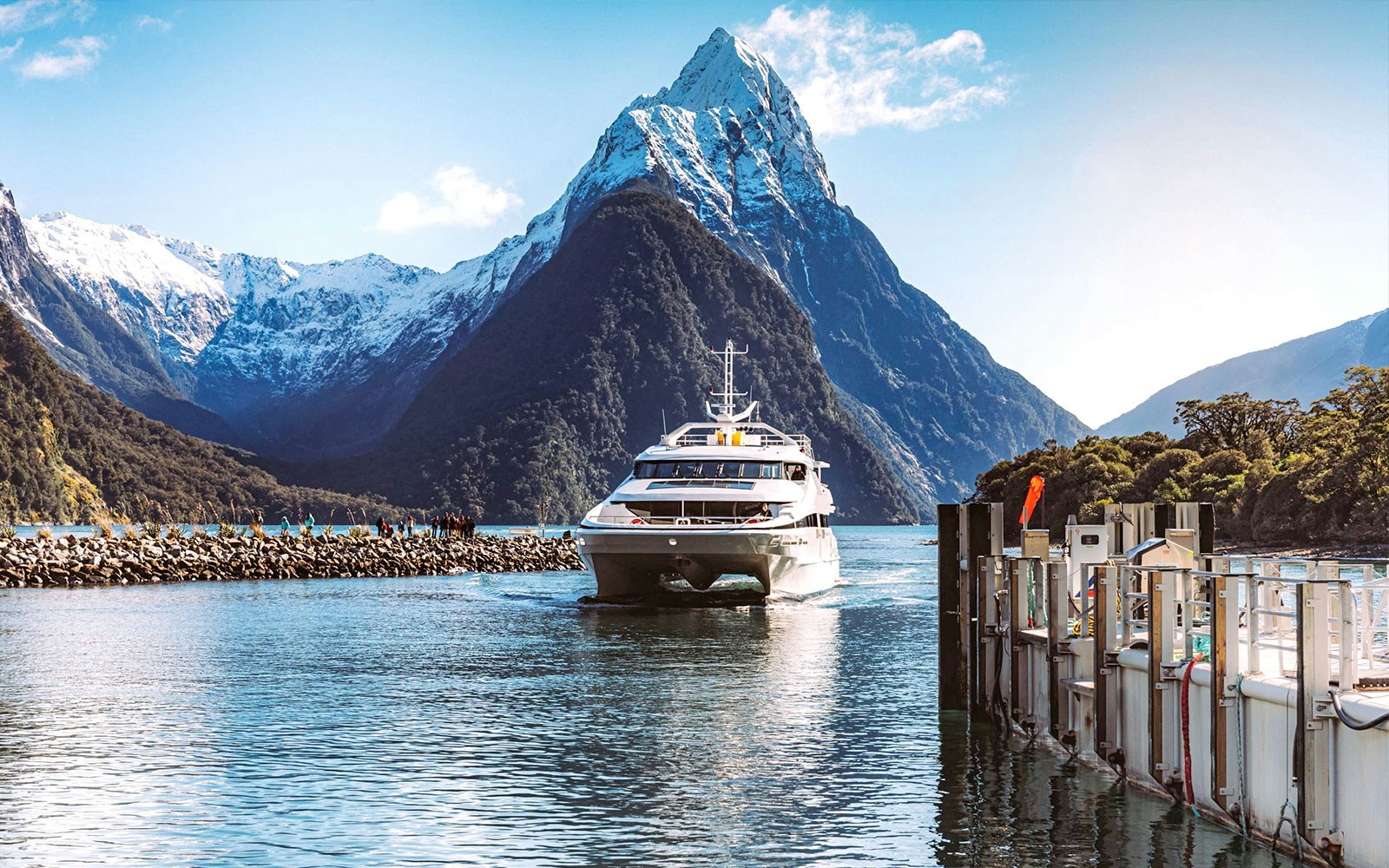
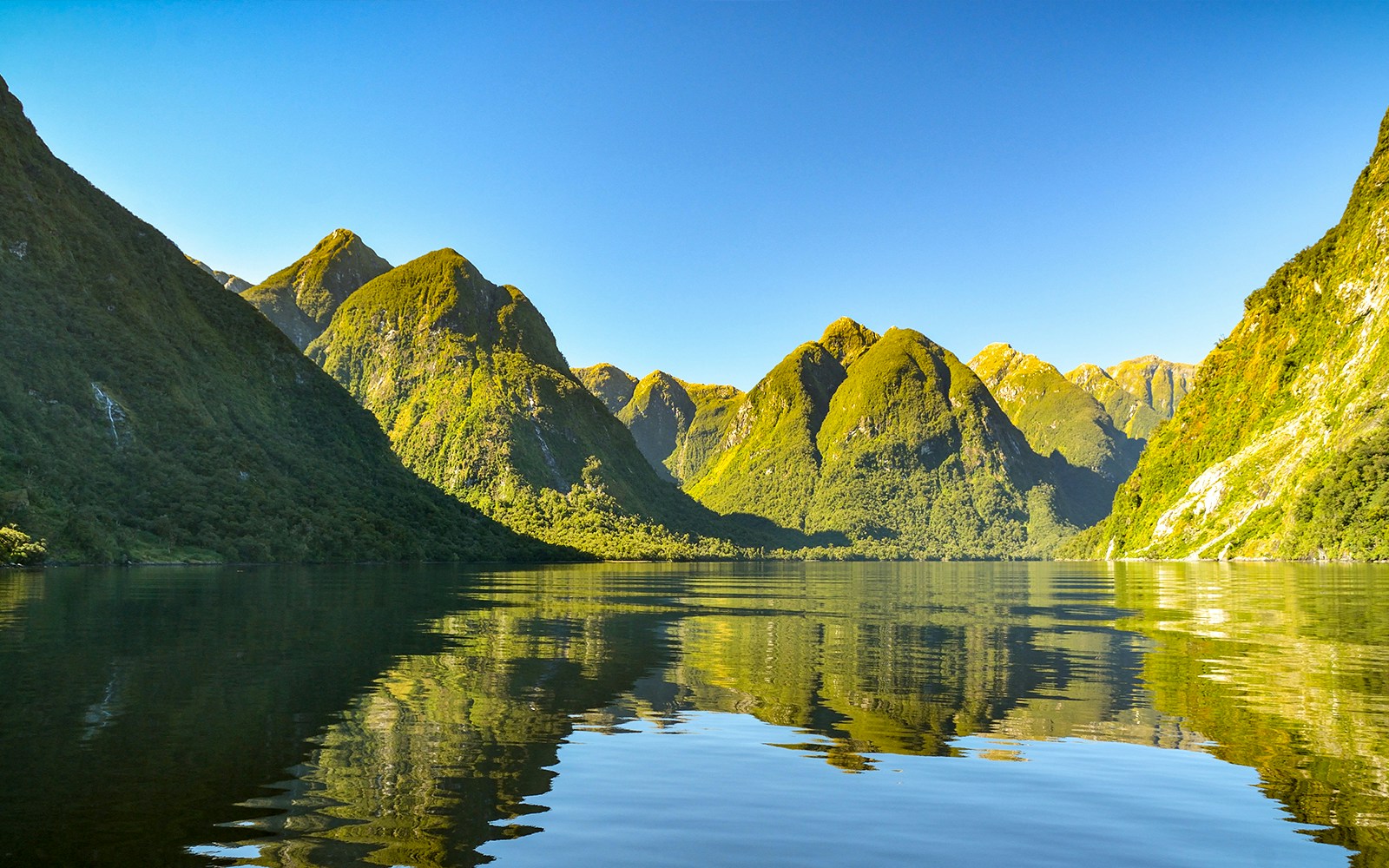
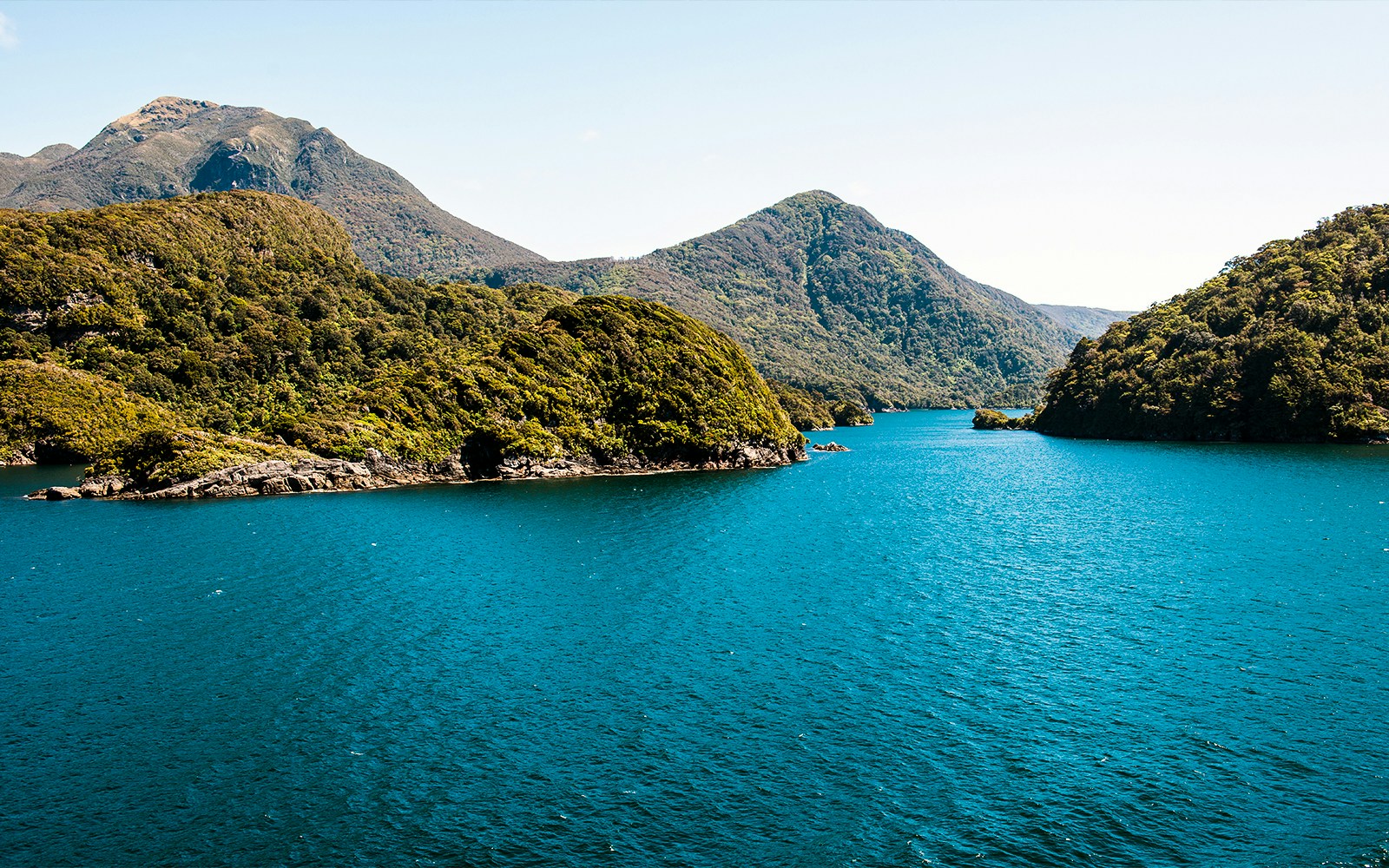
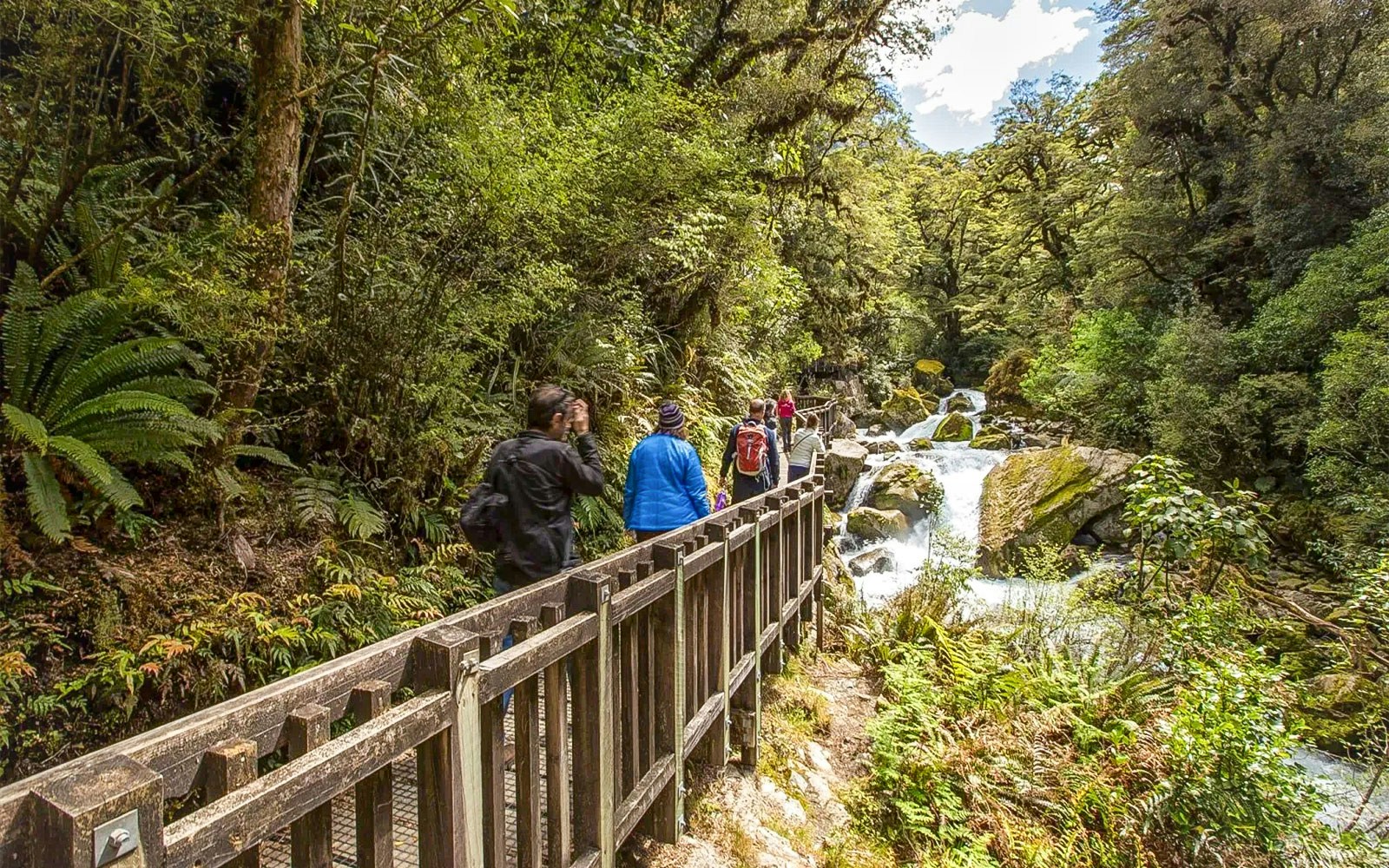
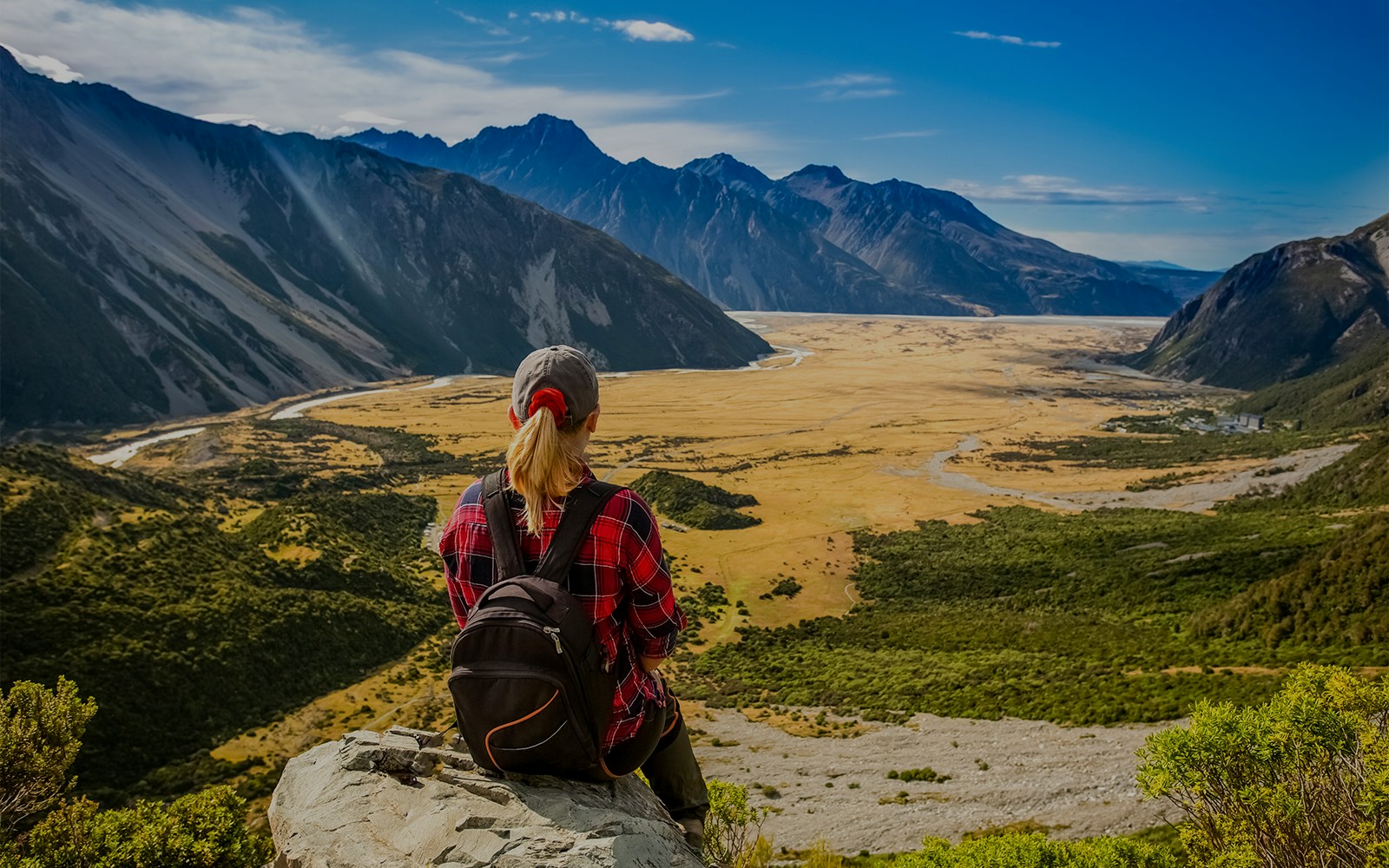
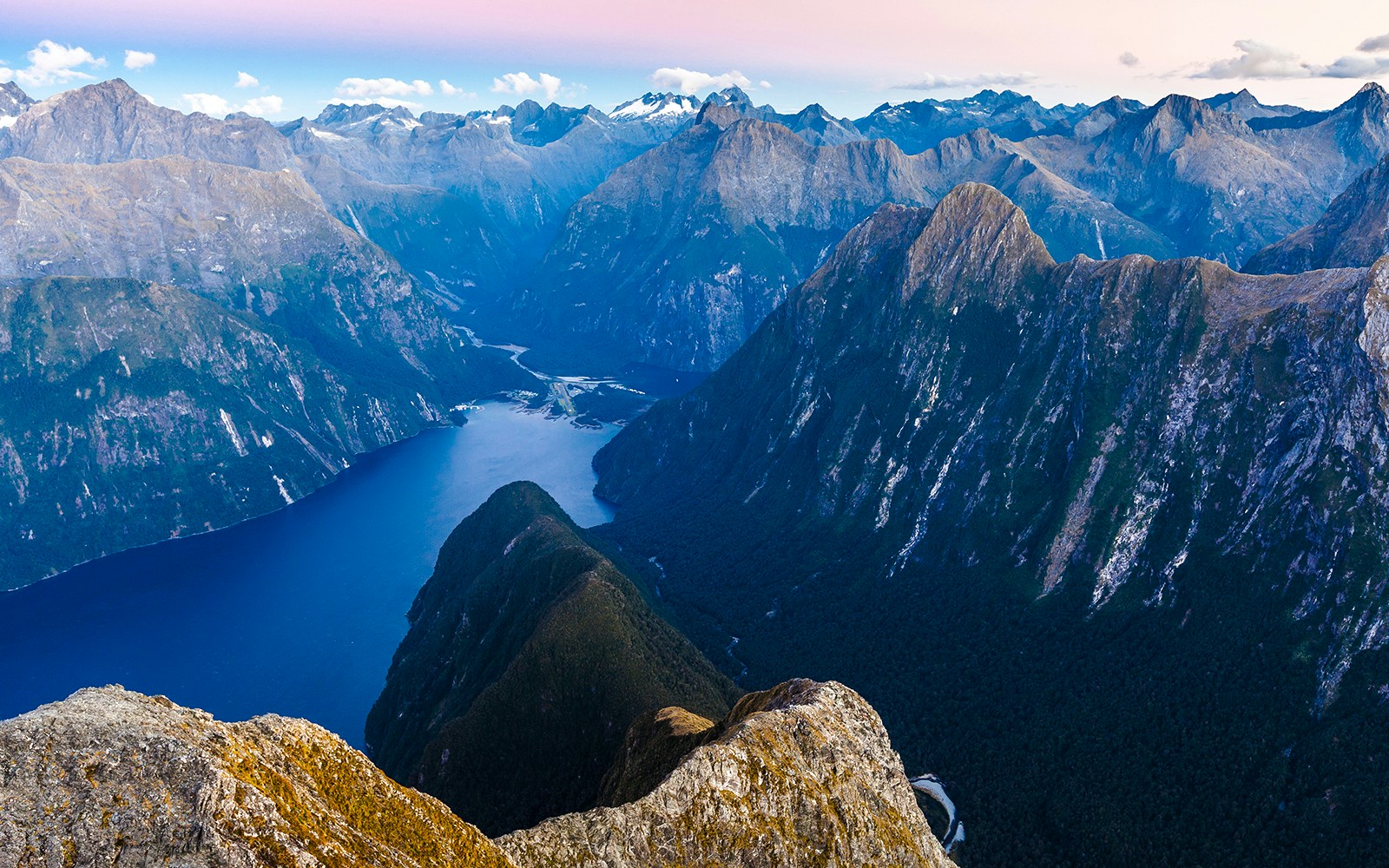



Plan your visit to Fiordland National Park
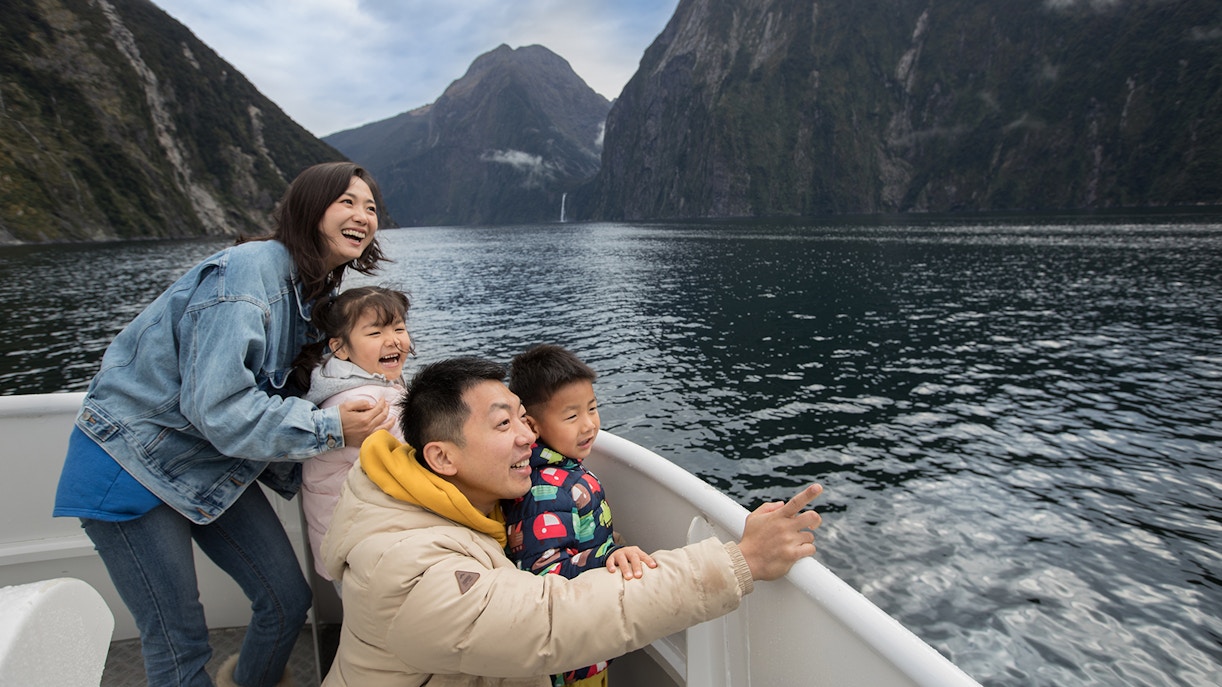
The park itself is always accessible, although some facilities and services may have seasonal closures.
Opening hours:
- May to October: 8:30 AM to 5 PM
- November to April: 8 AM to 5 PM
Closed on: December 25th
Best Time to Visit:
- Summer (December-February): Warmest weather (average highs 18-20°C), long daylight hours, ideal for hiking and outdoor activities. However, expect crowds and higher prices.
- Autumn (March-May): Pleasant temperatures, fewer crowds, vibrant fall foliage, and good kayaking conditions.
- Spring (September-November): Mild weather, wildflowers in bloom, great for wildlife viewing, but some tracks may be closed due to snow.
Winter (June-August): Shortest daylight hours, snow-capped mountains, fewer crowds, and potential for seeing the Southern Lights. However, some tracks and facilities may be closed due to snow and ice.
Best time to visit Fiordland National Park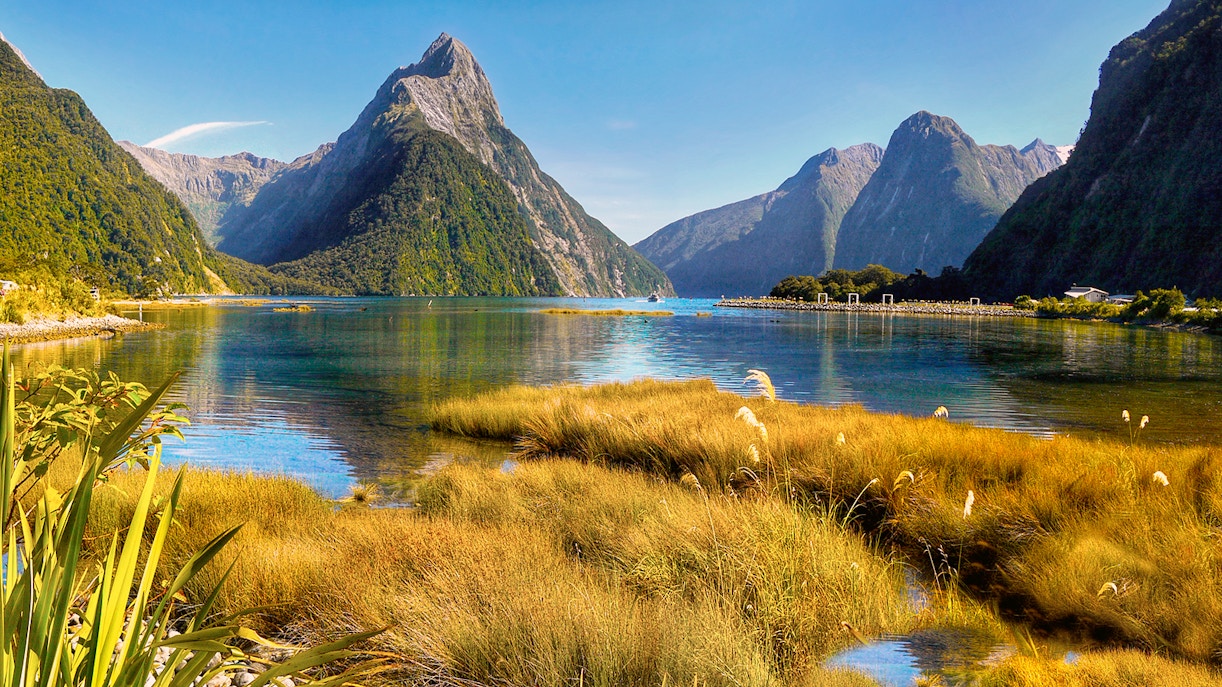
Address: Fiordland National Park, Southland, New Zealand 9600
The Fiordland National Park is located in the southwest corner of the South Island of New Zealand. The National Park is in a remote region and is easier accessed via its nearby towns of Te Anau and Manapouri.
The route to Fiordland National ParkThings to do & see at Fiordland National Park
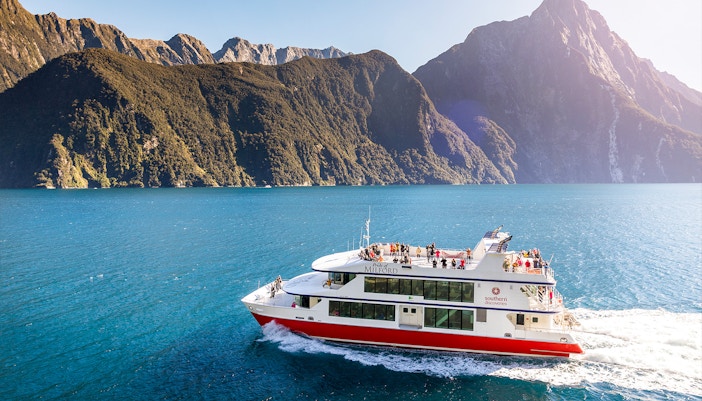
Take a cruise along the fjord
One of the most popular attractions at the Fiordland National Park is the cruises along the famous Milford Sound fjord. The cruise takes you close enough to see the glacier-cut waterfalls and has you sailing beside the resident penguins and furry seals. You could opt for a short 2-hour cruise, or even choose to stay onboard overnight.
Book a Milford Sound cruise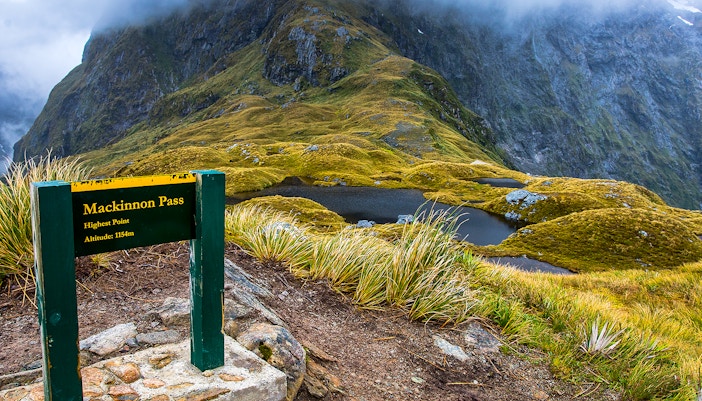
Take a guided walk in the park
New Zealand has nine great walking tracks, of which three begin from Fiordland. Spend the day walking through the Milford Track, Kepler Trac, or Routeburn Track and enjoy the diversity of the park up close. You could also opt for a guided walking tour, where your guide would introduce you to the local flora and fauna of the region.
Book guided tours of Milford Sound
Hop on a scenic flight
From nearby towns such as Queenstown, you could hop on a scenic flight that would fly you over the famous fjords, and you can catch a glimpse of glaciers, Mitre Peak, lakes, waterfalls, and ice plateaus from up above. You can also choose to land at Milford Sound and board a cruise along the fjord.
Book scenic flights to Milford Sound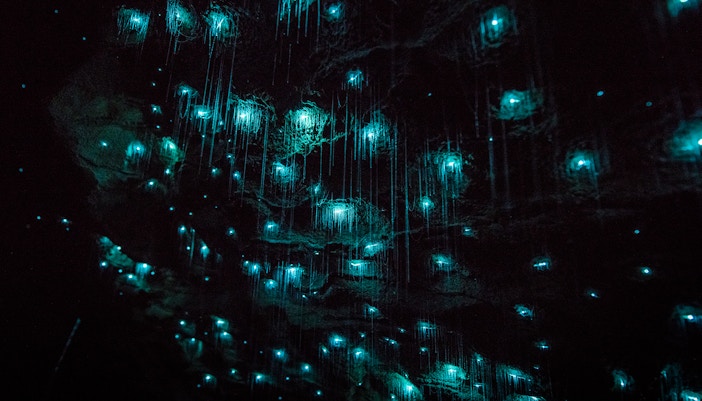
Explore the local caves
Take a magical cruise along Lake Te Anau toward the Glowworm Caves. The limestone caves, sculpted by water eons ago, are now home to hundreds of worms that glow in the dark, making it a unique sight to witness.
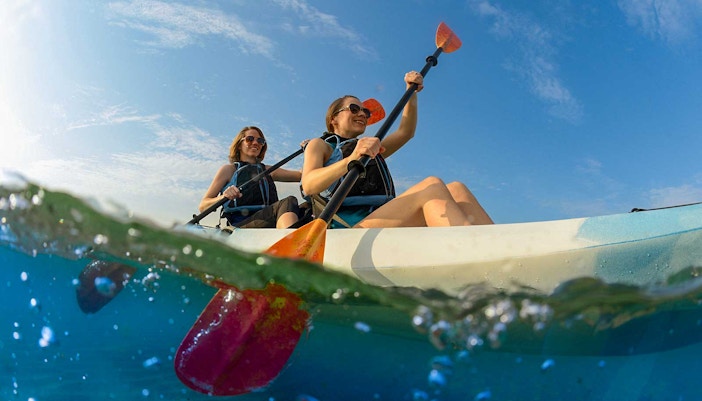
Opt for water activities
If you’d like to get up close with nature in the fjord, you can rent a kayak and cruise along the deep trenches with nothing but glaciers and penguins around you. You could also opt for a scuba experience at the fjord and witness the diverse marine life that thrives below the surface.
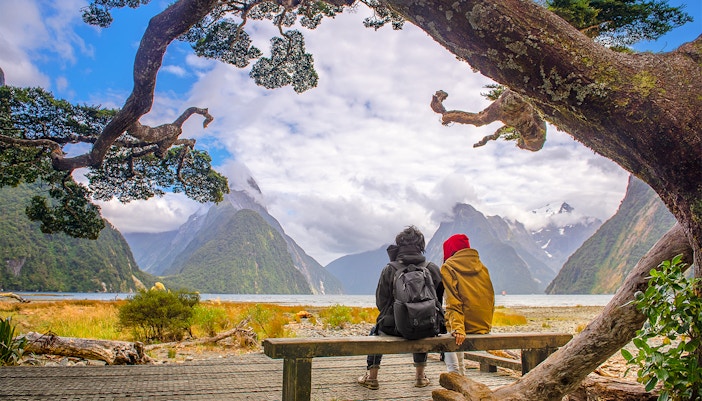
Cycle along the park
Fiordland National Park has numerous trails that go along lakes, through forests, and more. These trails are wide enough for cyclists and trekkers alike and are generally categorized as a Grade 2 easy level. You can rent bicycles or e-bikes in the nearest town.
Topography of Fiordland National Park

During the ice age, large parts of New Zealand were covered in glaciers and ice caps. As the glaciers retreated, they cut through the rocks, forming the valleys, deep lakes, and fjords we see today. The high valleys and incessant rainfall have also made the region abundant in waterfalls. Fiordland also has some of the oldest rocks in New Zealand, especially the hard crystalline metamorphic rocks. As the area is close to the alpine fault where two of Earth’s plates meet, Fiordland has large deposits of sandstone, mudstone, and limestone.
Frequently asked questions about Fiordland National Park
Fiordland National Park is a UNESCO World Heritage Site and a vast national park, encapsulating lakes, rainforests, waterfalls, mountain ranges, and more.
Yes, Milford Sound is located within the Fiordland National Park so you can easily access the park.
Fiordland National Park is one of the most scenic regions in the world, with unique fjords, waterfalls, hiking trails, lakes, and numerous activities to keep you busy!
There is no dearth of activities to embark on in the National Park. You can kayak on the fjords, scuba dive, cycle or hike along the trails, take a cruise, or enjoy a scenic flight.
The Fiordland National Park was established in 1952.
Fiordland National Park is huge and has numerous landmarks such as Milford Sound, Mitre Peak, Doubtful Sound, Kepler Trail, Dapper Mountains, and more.
Fiordland National Park is open from 8:30 AM to 5 PM on most days.
Fiordland National Park is located in the southwest corner of the South Island of New Zealand.
Yes, entry to Fiordland National Park is accessible to those in a wheelchair, however, certain activities such as the Milford Cruise or the Guided Walk along Milford Track may not be accessible.
Yes, you are free to carry your cell phones to capture those stunning photos, however, the use of drones for commercial or recreational purposes requires special permission.
It is advisable to always carry waterproof clothing while visiting the Fiordland National Park as the region is notorious for its untimely rains.

